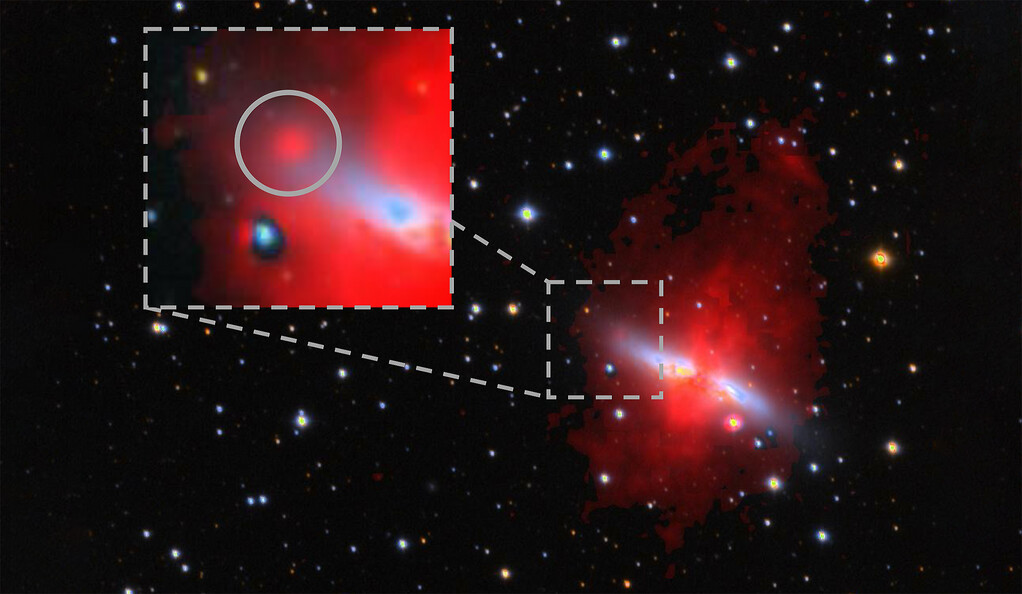
The longest organic molecules identified to date on Mars have recently been detected by scientists from the CNRS, together with their colleagues from France, the U.S., Mexico, and Spain. These long carbon chains, containing up to 12 consecutive carbon atoms, could exhibit features similar to the fatty acids produced on Earth by biological activity.
The lack of geological activity and the cold, arid climate on Mars have helped preserve this invaluable organic matter in a clay-rich sample for the past 3.7 billion years. It therefore dates from the period during which life first emerged on Earth. These findings are due to be published on March 24, 2025, in the Proceedings of the National Academy of Sciences.
The discovery was made using SAM, one of the inst...
Read More








Recent Comments